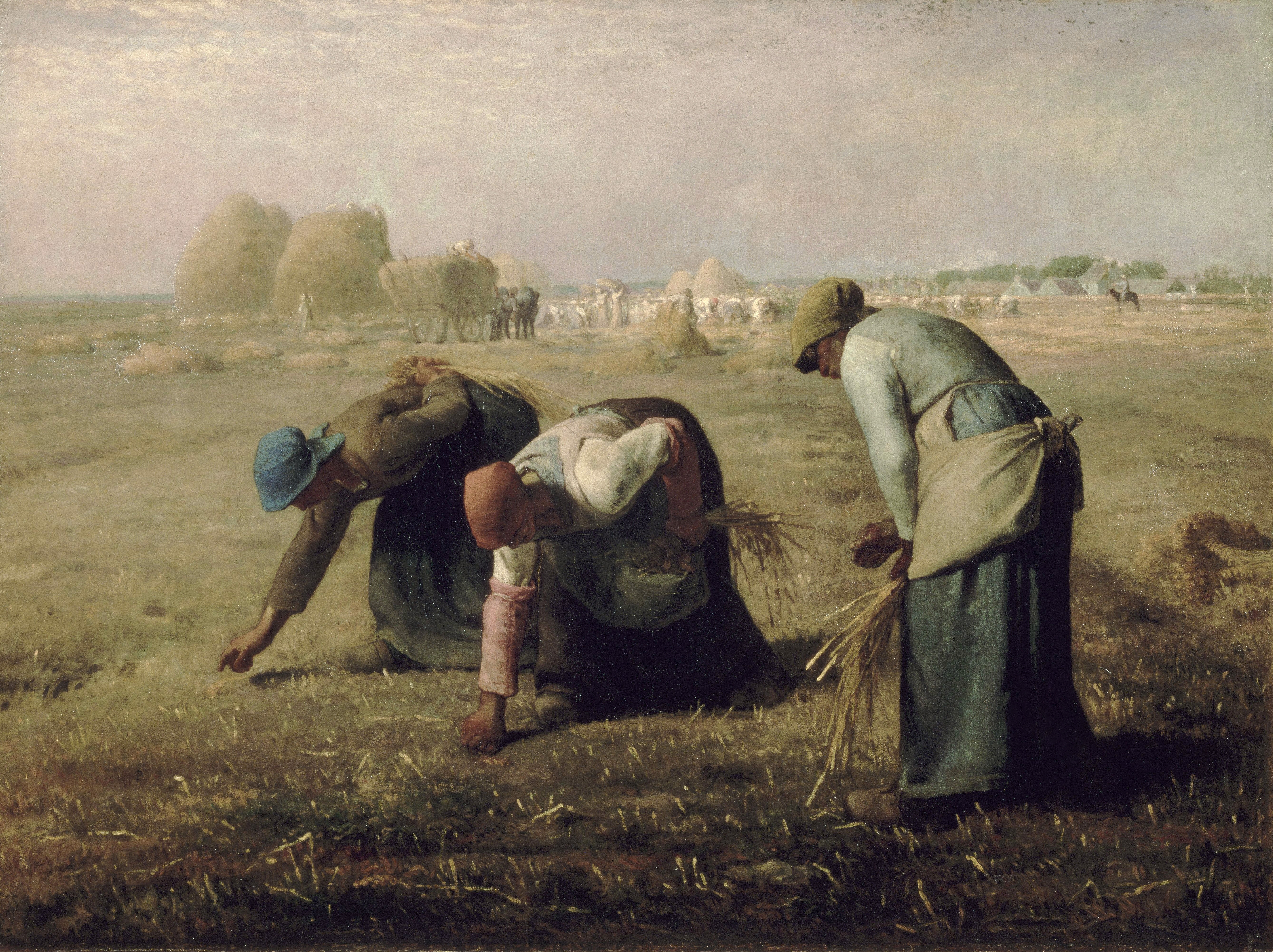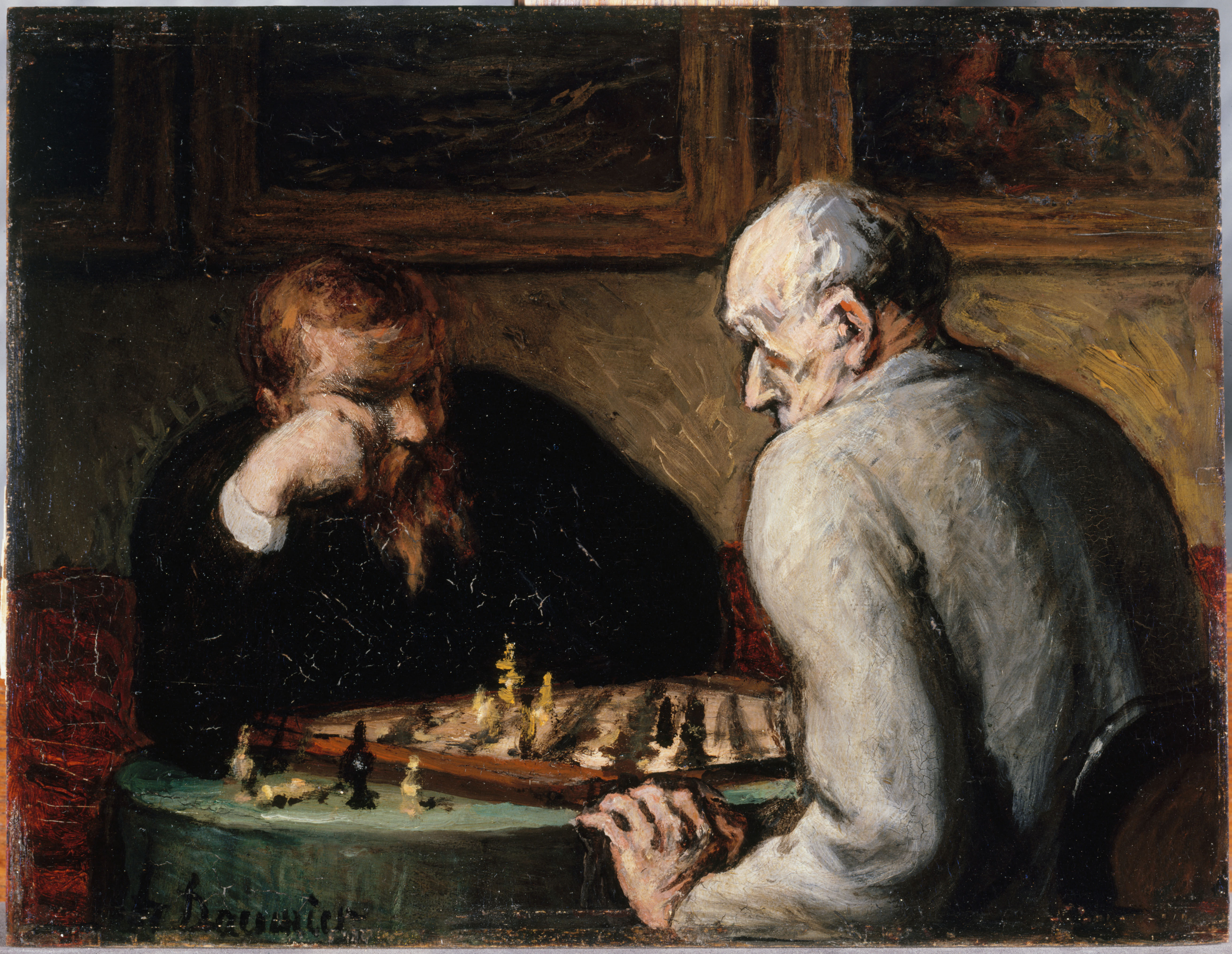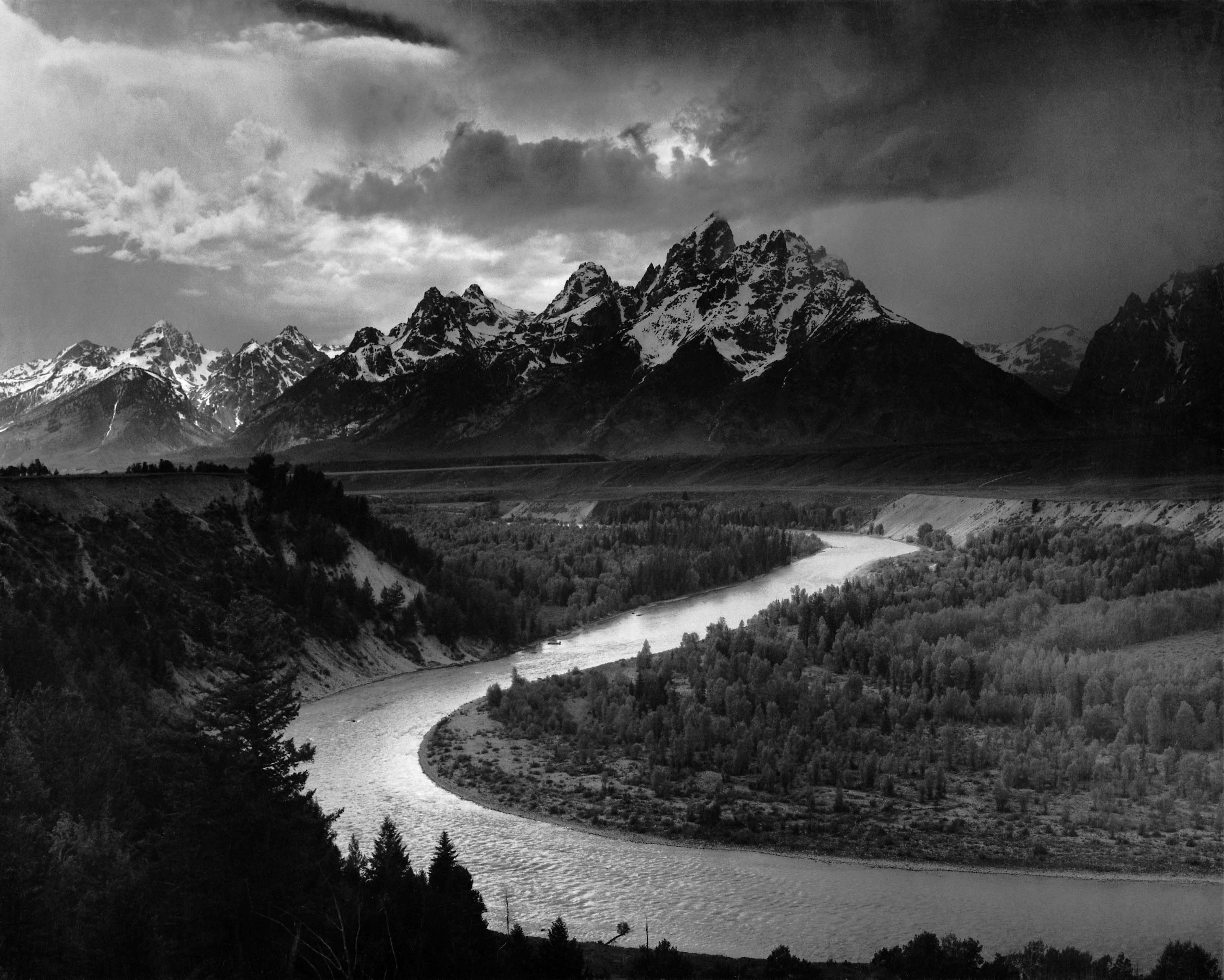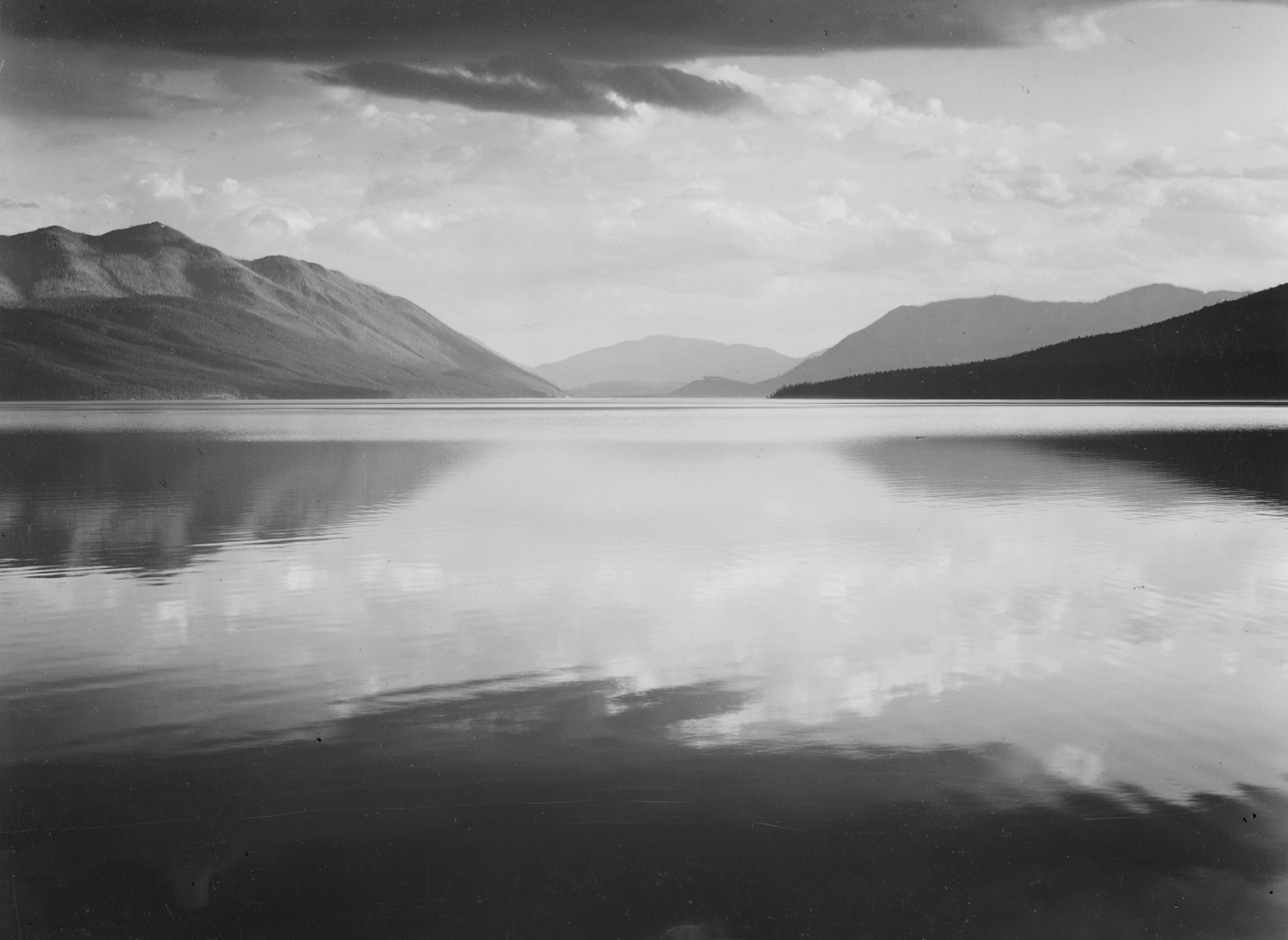The aesthetic of Realism began in the mid 19th century following the era of romanticizing the way real-life appeared. Realism attempts to depict life as it is, not inflating it to unrealistic levels or making it more beautiful than nature is naturally. This idea began with the artistic depiction of laborers working in the fields and roads, depicting the struggles and hardships many people were struggling through at the time. The big-name artists at this time painting realism were people like Jules Bastien-Lepage, Jean-François Millet, and Honoré Daumier. Some examples of these artists’ work are shown below. It is easy to see that these paintings likely came directly from what the artists were seeing on a day-to-day basis and not made to be any more beautiful than life was in that day. As we can see most of these artists are French and in this era, France was largely in a time of rebuilding after the French Revolution. This makes sense as to why so much of the art seems gritty and rough at this time.



This aesthetic of realism really developed as the art of photography began to grow. The camera gave artists a way to much more accurately depict real-life events and show them to the world as cameras were able to take snapshots of moments in time and preserve them forever. This ability allowed for many photographers to enter the world of realism.
A large place we can see this aesthetic is in social conflicts and ruin. This is mostly seen in areas of war and depression. For obvious reasons, photographers in wartime had to capture images of exactly what was going on and what conflict looked like in order to preserve both the history as well as send images home to ignite passion in civilians to help fund and support the war efforts. This led to some amazing images of war as the public had never seen before and made many people feel and understand exactly what the soldiers fighting were going through. An example of this is shown below.

This aesthetic of realism can, of course, be applied to just about anything; and despite many examples being dark and sad, the world has more than just darkness in it. My favorite examples of realism are found in nature. The best nature realism photographer, in my opinion, will always be Ansel Adams. The original Yosemite and National Parks photographer who practically set the bar and wrote the book on nature photography. Adams was someone who never sought to make nature any more beautiful than it was and yet managed to capture stunning images just by choosing his compositions and locations so well. So many nature photographers today rely so heavily on post-processing and computer tricks that the true beauty of nature can be lost. For this reason, Ansel Adams and his use of the aesthetic of Realism has and forever will stand the test of time. Some examples of his images are depicted below.





4 Comments. Leave new
Hello Davis, I love you choosing the aesthetic of Realism, I love the reflection of nature in the paintings and photographs that you provided. Though you were talking about how other photographers “relied” on post-processing for their work, though I would like to present the opinion that if photographers rely on the post-processing that computers wouldn’t actually demean their own work. Something to think about.
Joseph:
I definitely hear what you’re saying! Looking at photographers like Peter Lik or any computer screensaver (all of which rely heavily on some form of post-processing whether that’s retouching, sky replacement, insertion of birds that aren’t there, color shifts, etc etc.) I think the work created is incredible! I have no qualms against people using technological means to create art as many things wouldn’t be possible without such means, I would simply argue that this then falls out of the umbrella of ‘Realism’. Hopefully that makes sense and addresses your comment but I appreciate the thoughts!
Hi, Davis,
I like your choice of the topic of Realism. You mentioned this idea of “Realism attempts to depict life as it is, not inflating it to unrealistic levels or making it more beautiful than nature is naturally.” However, would you consider that there is a presence of inevitable artistic processing and altering that exists within all Realism art pieces regardless of if it’s a painting or a “realistic” photo? You said that “so many nature photographers today rely so heavily on post-processing and computer tricks that the true beauty of nature can be lost”; however, isn’t “choosing (his) compositions and locations” also a technique of beautifying the reality? If a work with a reality that is been beautified counts for Realism, does the same work that’s been intended to look ugly also counts for realism? How much to an extend of a “touchup” or manipulation is allowed in Realism works that still preserves its “realism”, regardless of it’s a natural “touch up” by carefully choosing the scene or an aftereffect done in photoshop, in your opinion? Anyway, I really like that you are summarizing perspectives around the topic of realism and seeing your own opinions regarding this topic. What you could improve on is the layout of the photos, it would look better and more consistent if you were to keep them in the same size. In general, great work!
Xiang
Xiang,
I actually would tend to disagree with your comment about the use of composition being an unfair and unrealistic way to depict nature. I believe that regardless of how Adams chose to set up his shot, it was all real. As long as what the camera captures is the same thing (of course focal length and depth of field can be adjusted but I take those as creative outlets that the mechanics of the system and physics of light can create) as what the eye would see in the same position I consider it a true form of realism. I believe Adams was able to find natural patterns or compositions that are pleasing to the eye because these things exist organically in nature – there are patterns everywhere and finding and showcasing them is, to me, the difference between realism and ‘cheating’ by creating them. Creating vs discovering being the main difference to me.
I really appreciate your thoughts, though! This was one I really had to think about to decide how I felt about it!